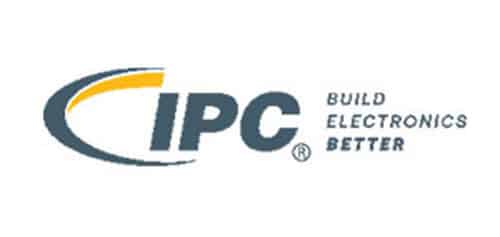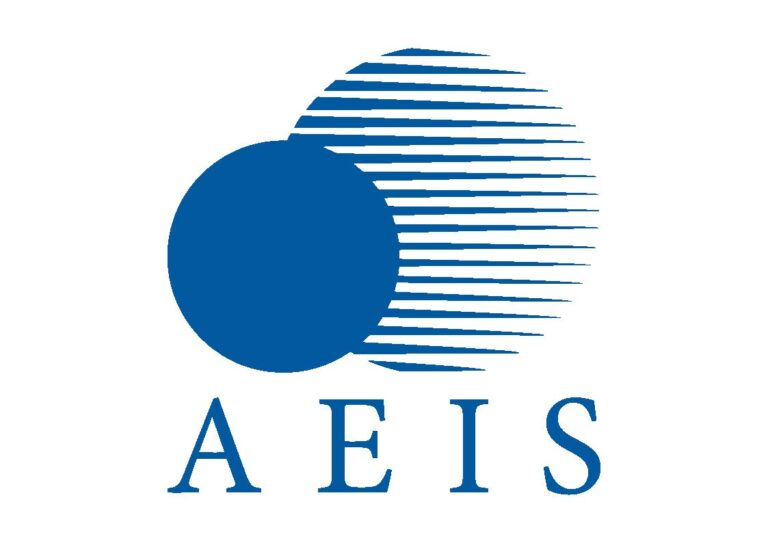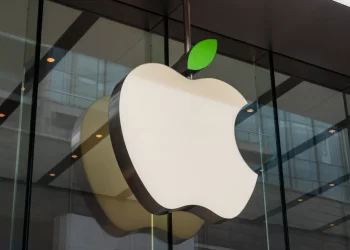The semiconductor-based platforms for discovery in cell biology provider CytoTRONICS, Inc., introduces its high-throughput Pixel Octo system.
This is a new addition to the Pixel lineup, which integrates with CytoTRONICS’ semiconductor-to-live-cell interface in an environmental controlled benchtop system to deliver live cell measurements for up to eight 96-well Pixel plates simultaneously. When paired with laboratory robotic automation, the Pixel Octo offers full scalability in high-throughput cell biology applications. The ISSCR conference also marks the European reveal of CytoTronics’ product portfolio, including the entry-level Pixel Primo, a single plate reader that brings accessibility to researchers for under US$30,000.
Pixel assesses live cell function at single-cell resolution, allowing scientists to simultaneously monitor cell viability, morphology, electrophysiology, and more while generating electrical ‘images’ with single-cell spatial resolution. It dramatically accelerates the scale at which cell biology applications can be executed, and the breadth and depth of live-cell insights obtained. Pixel enables new applications for endothelial and epithelial cells, cancer cell biology, mechanism of action/toxicology, stem cell biology, cardiac function, and neural function.
Scale up of in vitro cell-based assays is challenging. Traditionally, these screening assays at high scale use hundreds of 96- or 384- well plates to measure simple cellular properties (e.g., “live or dead” screens) to select the most prospective ‘hits’ of interest, which are then ‘scaled down’ to verify key effects on cellular functions. Pixel gives researchers a highly sophisticated tool to start key investigations first, get the functional phenotypic assets they cannot get through imaging and other basic techniques, and easily scale these newly developed assays to high-throughput workflows.
The Pixel plate, a proprietary 96-well electronic microplate embedded with custom-designed semiconductor microchips at the base of each well, is at the core of CytoTronics’ Pixel platform. Cells grow in culture media on top of a microarray containing over 100,000 nanoscale electrode-based sensors, enabling thousands of measurements to be taken per well on a single-cell level, on any cell type, spheroid, or 3D organoid system.
In-vitro cell-based assays can initially be developed on Pixel Primo, a single plate reader that can be placed in any standard cell culture incubator. Cell biologists can then scale those assays 8× on Pixel Octo, a self-contained benchtop system complete with a dedicated incubator to regulate temperature, CO2, humidity, and oxygen. Labs can integrate Pixel Octo with industry standard robotic and liquid handling platforms, and multiple systems can be run in parallel for high-throughput applications. Availability of 384-well Pixel plates later in 2024 raises the scalability bar significantly, adding capability to screen tens of thousands of wells simultaneously.
“There’s a tremendous unmet need in cell biology discovery applications to measure the unique cell parameters that Pixel captures. It unlocks new applications and reveals data that scientists haven’t been able to study before,” said Jeffrey Abbott, Ph.D., Co-Founder and CEO of CytoTronics. “Pixel Octo takes the power of our unique semiconductor-to-biology interface from assay development in a single plate and unleashes it for high-throughput applications, from exploratory assays on a single Pixel plate to fully validated cell-based applications running at industrial scale.”
“Our early access program for the Pixel Primo kicked off in February and already has 20 global partners spanning biotech, pharmaceutical, academic, cell and organoid providers, and computational biology organizations who are very quickly gaining traction on their applications,” said Duane Sword, Co-Founder and CBO at CytoTronics. “Pixel Octo was designed with scalability in mind and provides cell monitoring and data collection at unprecedented scale. Importantly, Pixel is complementary with imaging and HCS (high content screening) techniques and designed to integrate with standard automation workflows. Pixel is rich with information on biology never seen before, let alone at scale. Hence, we have designed the system with a cloud-centric architecture spanning measurement design, execution, analysis and reporting.”









